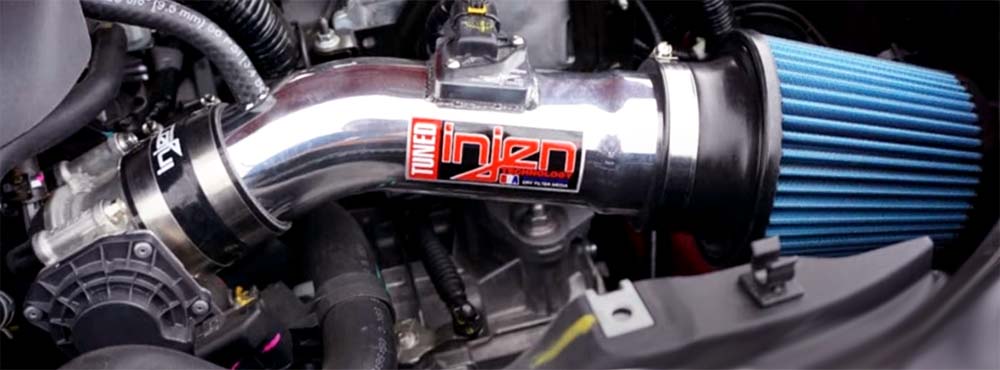Automobile enthusiasts continuously seek enhancements that can optimize their vehicle’s performance and efficiency. Among the myriad of modifications available, the intake system stands out as a pivotal component that can significantly influence a vehicle’s breathing and, consequently, its power output. The short ram intake, distinguished by its compact design and proximity to the engine, is one such system that has become a topic of interest for many. Positioned as an alternative to traditional intake systems, the short ram intake promises gains in performance, but like any modification, it comes with its unique set of advantages and disadvantages. To harness its potential benefits and navigate around its limitations, a comprehensive understanding of the short ram intake pros and cons is imperative. Such knowledge ensures that drivers and car owners can make modifications that truly resonate with their driving goals and the performance metrics they prioritize.
Advantages of Using a Short Ram Intake
Several benefits make the short ram intake a popular choice among car enthusiasts:
-
Performance Boost: One of the most touted benefits is the noticeable performance increase, mainly due to the swifter airflow it allows into the combustion chamber.
-
Cost-Effective: Compared to other intake systems, short ram intakes tend to be more affordable, offering a cost-effective solution for those looking for a performance boost on a budget.
-
Simpler Installation: Their design usually allows for a more straightforward installation process, often not requiring any significant changes or alterations to the existing setup.
-
Maintenance Ease: Given their accessible placement, cleaning and maintaining them becomes relatively hassle-free.

Limitations of the Short Ram Intake
While the benefits are compelling, there are also inherent drawbacks to consider:
-
Heat Soak: Due to its proximity to the engine, short ram intakes can sometimes draw in hotter air, potentially reducing the performance boost.
-
Limited Performance Enhancement: In some vehicles, the performance increase might not be as significant as other more advanced systems.
-
Potential for Increased Engine Noise: Some users have reported a louder engine roar, which might not be preferable for all drivers.
Comparing Short Ram Intake with Other Systems
The automotive market is flooded with various intake system options, each claiming superior performance enhancements. Within this landscape, understanding the short ram intake pros and cons becomes even more crucial when juxtaposed against its counterparts, most notably the cold air intake system. Cold air intakes, designed to draw air from outside the engine compartment, often have a longer pathway, ensuring the intake of cooler, denser air. This cooler air can lead to more efficient combustion, often translating to better performance. In contrast, the short ram intake, with its shorter and more direct path, might offer quicker airflow but at the risk of drawing in warmer air due to its closeness to the engine. Deciding between these systems isn’t merely about performance figures but also about other factors like installation complexity, maintenance needs, and cost implications. Drivers must holistically assess their vehicle’s needs, driving conditions, and personal preferences when choosing the intake system that aligns best with their objectives.
Conclusion and Recommendations
Short ram intake systems undeniably offer several advantages for those looking to enhance their vehicle’s performance without breaking the bank. However, it’s essential to weigh these benefits against the inherent limitations. For those interested in exploring alternative systems, the Best Cold Air Intake for Ford Explorer might be worth considering, offering a tailored solution for that specific model. For a more detailed review on this, refer to our dedicated article on the topic. Regardless of the choice, understanding the short ram intake pros and cons ensures a well-informed decision, leading to an improved driving experience.



